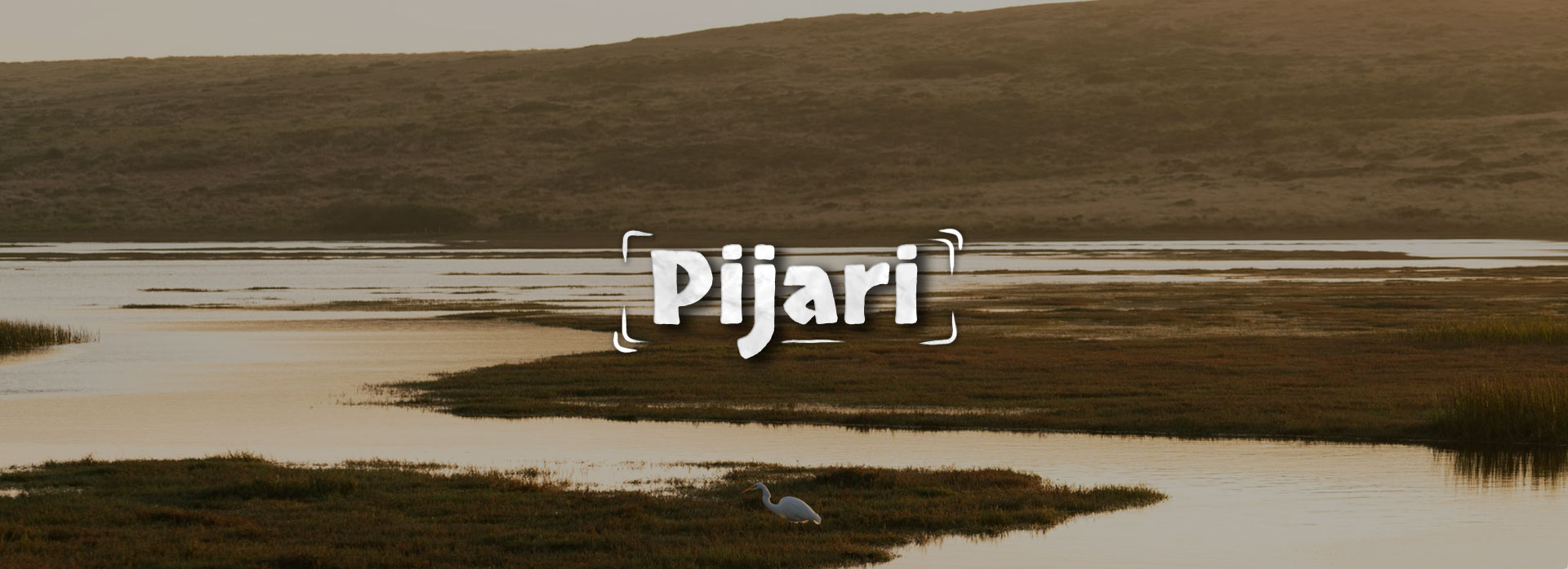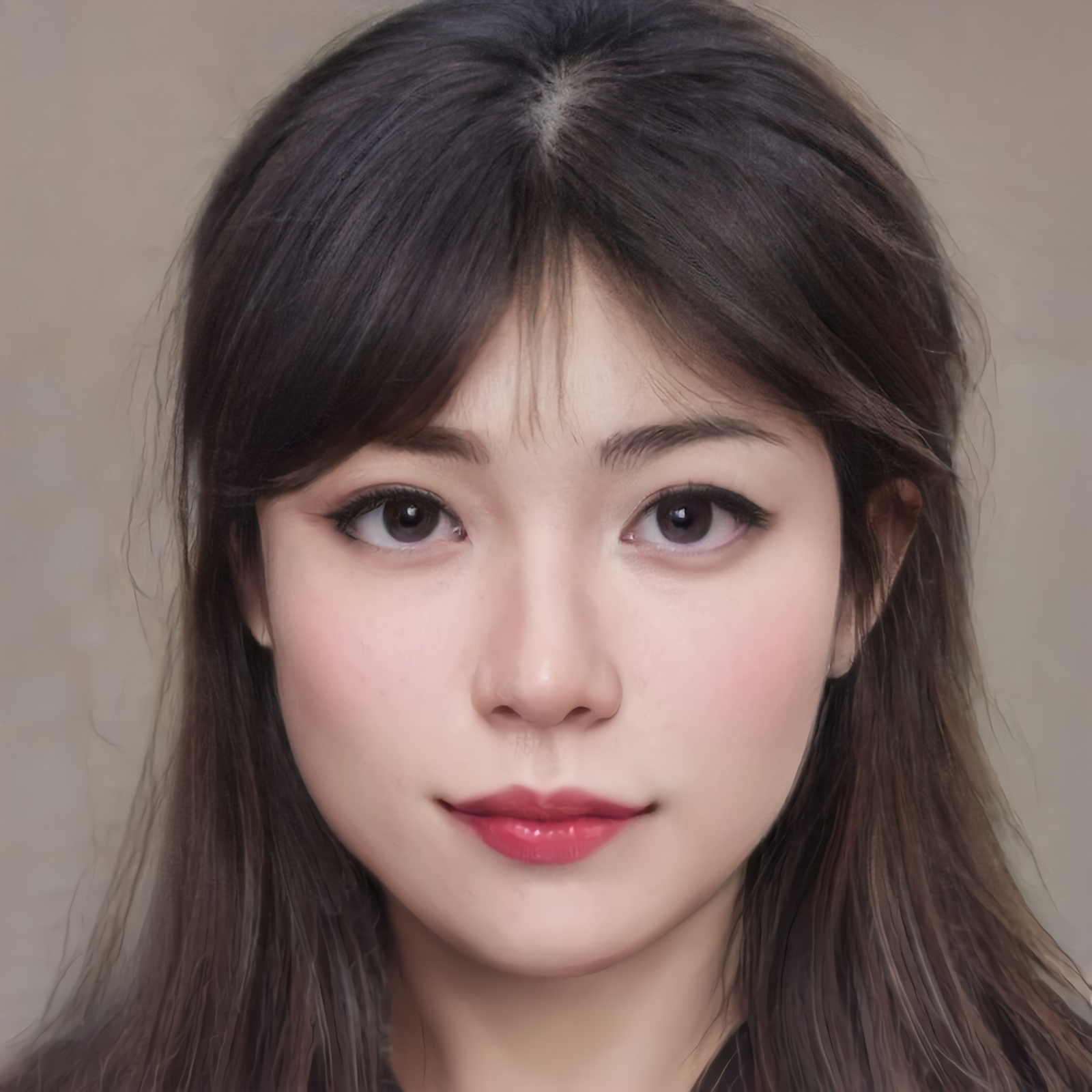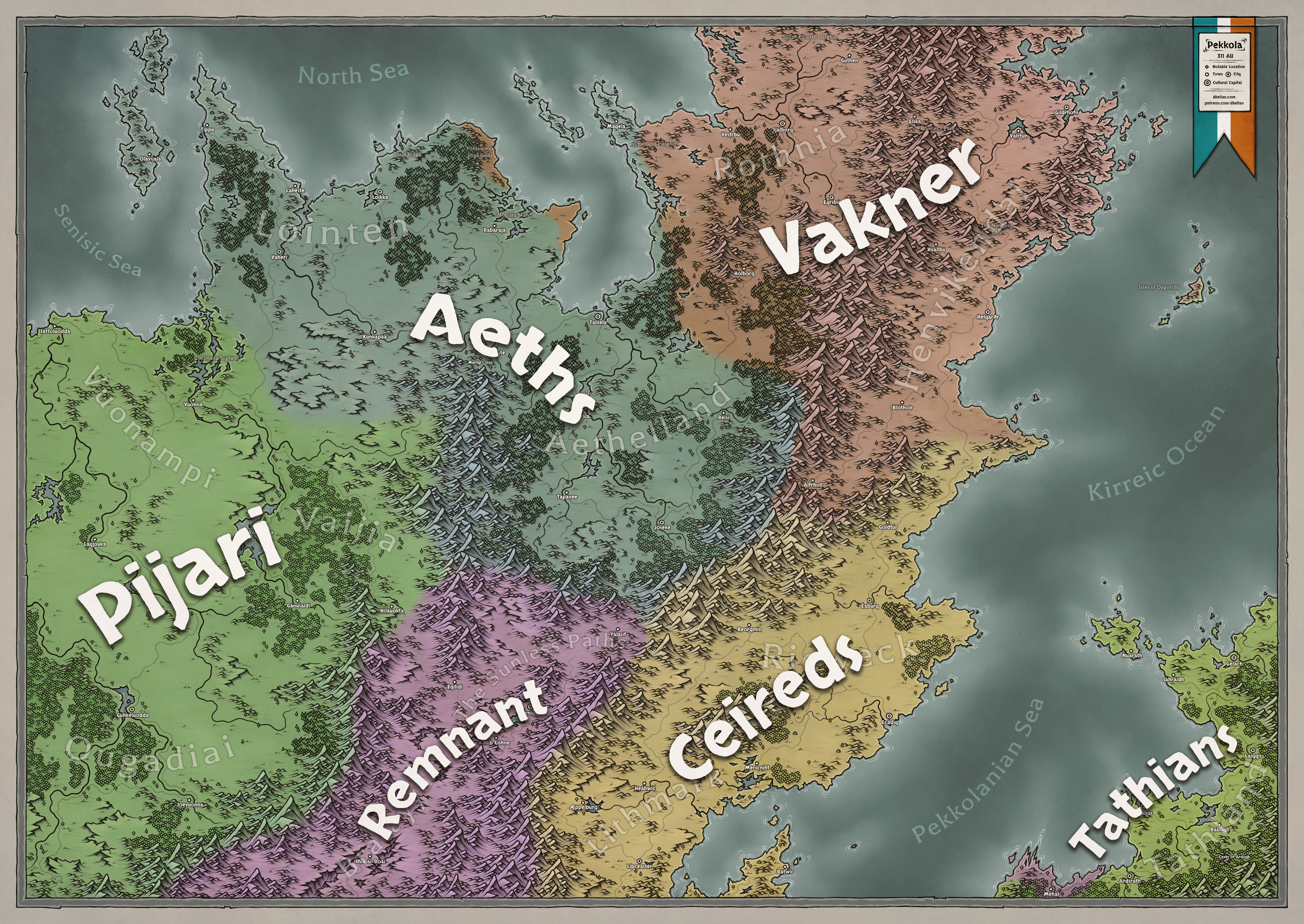Pijari
Masters of the Endless Plains
Traitors to the north, some have called us. Rahya collaborators and defenders of the Remnant. Such slander matters not, for the opinions of the weak are of little importance to us. We will do what we've always done. These vast fields are our homes and we'll keep them no matter who we must work with and no matter who must face defeat underneath the thunderous hooves of our cavalry.The Pijari are a semi-nomadic and pragmatic people who have claimed the vast green fields and forests of Vuonampi, Ougadiai, and Vaijia as their homes. Their people are feared for the hordes of cavalry that they can muster and the frequent raids they conduct on the Aeths of Lointen. Even though many of the other northern cultures see the invasion of Pekkola by the Rahyamin Empire as a great tragedy, the Pijari remain neutral on the topic.
Appearance
While in many ways a Pijari man or woman may seem similar to a Vakner or Aeth, their eyes give away their heritage. They are the only ethnicity native to Pekkola whose people commonly have epicanthic folds. The only other groups with such eyes might be merchants or travellers from far-away lands to the southwest, but those folk are exceedingly rare.Heads
The Pijari have pale skin and soft facial features, much like their northern neighbours. Unlike the Aeths, however, the Pijari are naturally restricted to only darker shades of brown and black when it comes to their hair colour.Often the eye colour of a Pijari is the same as the colour of their hair. There’s even a degree of distrust towards those in society whose eyes and hair are very noticeably different.
Many Pijari, most notably women and wealthy men, like to show off their wealth or the wealth of their household by wearing elaborate piercings on their heads.
We managed to rip away a portion of their land, a forested region they call Vaijia, but these devils on horses and elks are hard to defeat on the open plains.
Once we’ve successfully subjugated them, these folk will be an excellent addition to our armies and raiding parties.
Culture
A pragmatic desire to live in peace and to ride along the great grasslands is all that most Pijari desire. They know, however, that to live as they will, they must prepare for war to defend their peace. The Pijari care not for historical rivalries, grudges and alliances. They work with whoever is most capable of helping them achieve their goals and ruthlessly attack their enemies. Such a pragmatic view on the world has made people weary of allying with them, as they know that a sign of weakness is all the Pijari need to turn on their allies if such an act would bring benefit for their people.Elk Herders
Even though most of their kind dwell on the open fields, a small minority of Pijari live deep within the forests of Vaijia and Ougadiai. These hermits are experts in matters related to herbs, nature, and the taming of elk. Over the centuries these few men and women have bred the surrounding wildlife to coexist with their people. Some of these animals, such as the renowned war-elks, are sent to powerful warlords who vow to guard the forests with all their military might.Them fieldfolk aren’t just all about their horses ya know. I hear them woods of theirs are filled to the brim with power. It must be where they breed them horrific monsters the legends of old mention. How else could you explain their success against the Rahya?
Sedentary Communities
Before the invasion of Pekkola and the incorporation of the Vaijia region into the Rahyamin Empire, the Pijari lived a far more nomadic life than they do today. Permanent settlements started forming in recent centuries to serve as centres of trade and power. The Rahya helped contribute to the development of Pijari lands by building up fortifications in Vaijia, mostly as an attempt to keep the Pijari from retaking their lands. Communities grew around these forts, eventually turning them into large towns.Warfare
The armed forces of the various Pijari warlords focus on swift and deadly lightly armoured cavalry. Most soldiers are trained and equipped with spears and smaller round shields or bows and arrows. A minority of each army is composed of heavily armoured lancer units, the soldiers of which are commonly made up from the wealthy and the powerful. Each soldier has to acquire weapons and armour on their own and the Pijari lack equipment standards for their armies.Elite Lancers
Any warlord worth their salt rides only with the most elite units their people can muster, the Pijari lancers. Such units are rare and expensive to maintain since they use the powerful forest war-elks as their mounts. Only the powerful and the wealthy can afford the right to ride to battle on such magnificent creatures. Both the mounts and the riders in such units are protected by the best armour available in all Pijari regions, making them an formidable foe on the battlefield.
Diverged ethnicities
Pijari Names
Male
Ággi, Áigesárri, Áilu, Ámmot, Ára, Árrajuoksa, Ásllat, Èoavvá, Ahkemiella, Algebaeivi, Baeivi, Baeivvet, Biejan, Bijás, Bilsi, Dávgon, Duttá, Gáivvas, Gáktu, Henes, Járre, Jeansa, Juvven, Lágon, Lávrrohas, Leammá, Mellet, Mihka, Mohkku, Mokci, Náhkol, Náinnas, Njulgu, Oaván, Orddot, Rástos, Riibma, Ruigi, Sárra, Speaidna, VigguFemale
Áidná, Álgen, Állet, Èuvje, Biellá, Biergá, Buohttá, Duojá, Gealá, Gierá, Giste, Juoksáhkká, Leandu, Máidna, Násti, Naná, Njáves, Oajá, Sáráhkká, Sealggá, Seará, Soabá, Sojá, Suoinná, Suonjar, UksáhkkáSurname
Make some sounds
Pijari CD10 Starting Traits
+2
+2
+1
-2
-2
-1








Mihkel, I always enjoy reading your articles and I also like the layout/style of them too.I really liked reading about the war Elks in this article. I have a tribe in my world that rides Giant Elk into battle.The Tribe of the Elk (Lesser Tribe). Keep up the great work Mihkel. Aemon